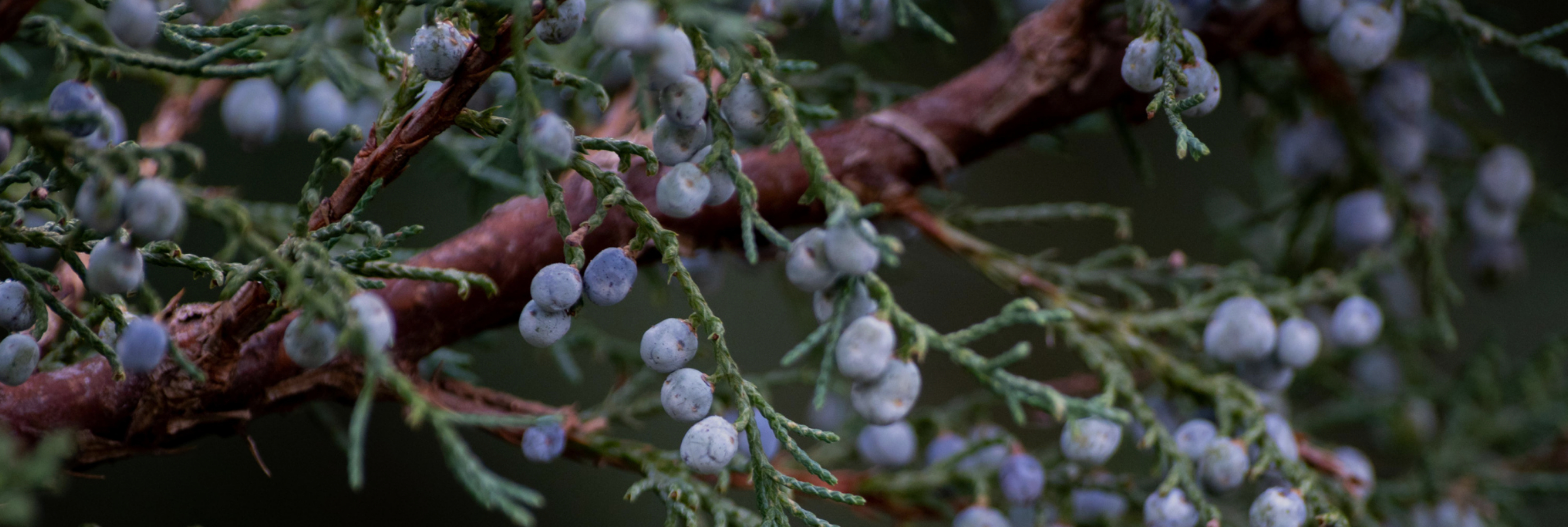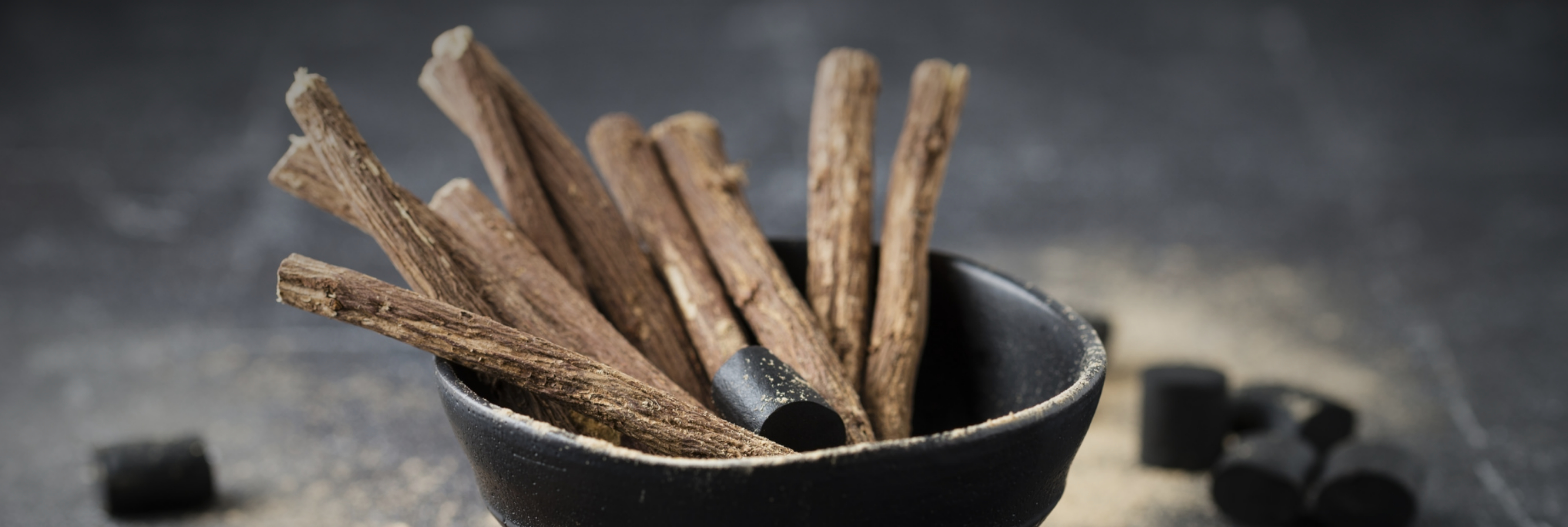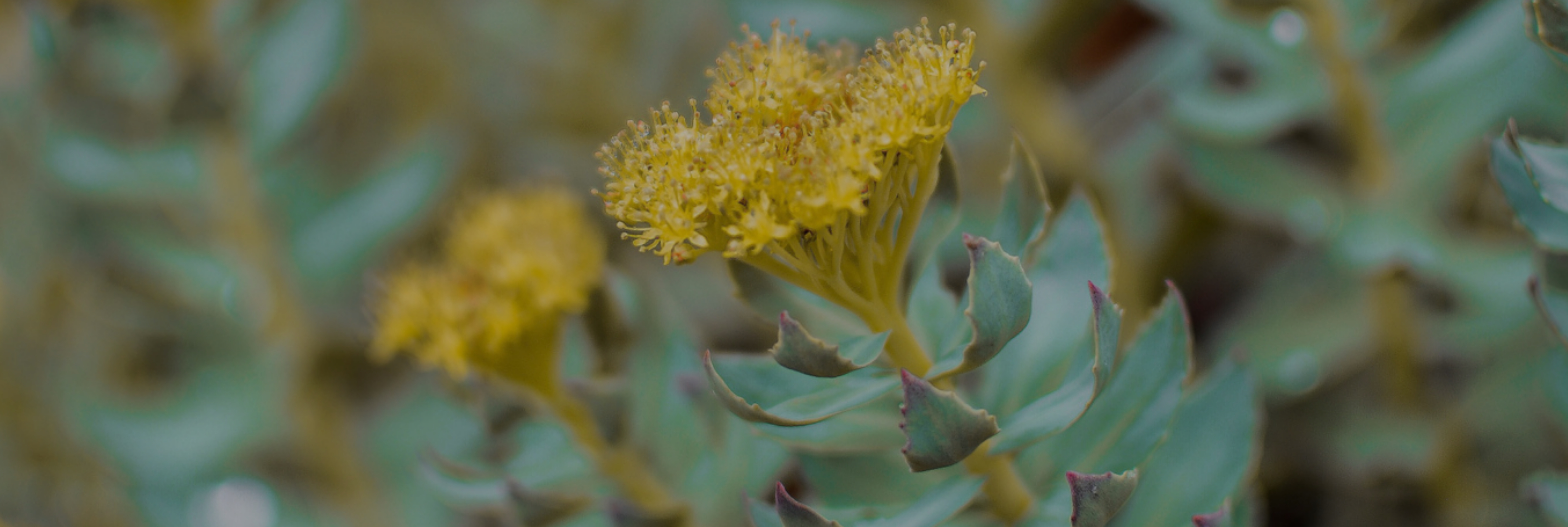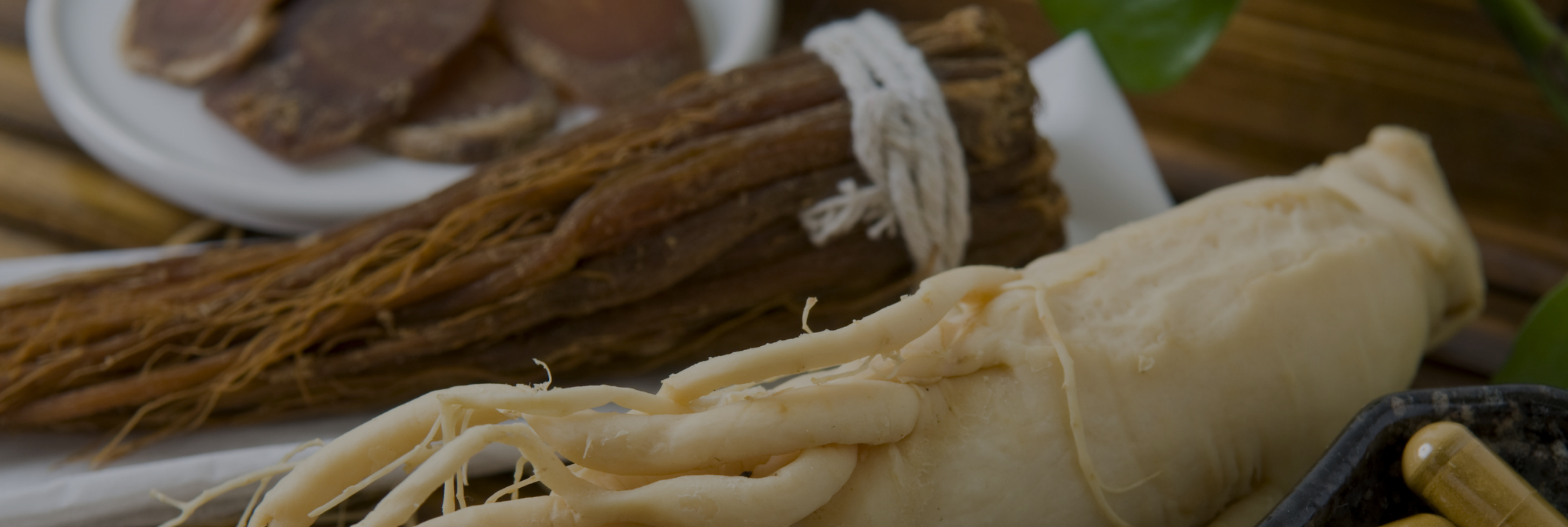Whether it's after overeating during the holiday season, to keep your body toned and healthy, or to slim down through drainage, it's important to purify your body and put your liver to rest. Let's take a look at how to regenerate this essential organ of the body and encourage the elimination of toxins from the body based on the benefits of natural ingredients.
Natural seasonal cures
Today, people are increasingly exposed to ingesting harmful elements which, when they come into contact with the body's cells, cause imbalances. Draining and cleansing the body is therefore a fundamental part of a healthy lifestyle. Seasonal or occasional botanical cures are a way of naturally eliminating the toxins present, particularly through the liver.
The reasons
A diet too rich in sugars and saturated fats, sometimes combined with alcohol consumption, increases the workload on the liver, which is detrimental to health. The liver is essential to the digestive system and is self-regulating, but toxins and harmful substances (tobacco, malnutrition, pesticides, heavy metals) can slow down its functioning and that of the body as a whole.
Objectives
Cleansing the liver enables:
- filtering, purging and draining toxins from the body
- boosting organ function
- promoting and easing digestion
- regaining energy
- restoring a healthy body, free of harmful substances
The timing
Depurative cures can be taken at any time, after a period of fatigue or during a change of season. They constitute a programme to rebalance the diet and avoid deficiencies. However, the ideal time to purify the body is in early spring, to eliminate the toxins accumulated over the winter, or between seasons, to prepare the body for changes in diet. These dietary changes also have a beneficial effect on general health. Liver cleansing can improve digestive problems, boost energy levels and improve sleep quality.
Trendy ingredients to eliminate toxins
Caring for the digestive system by eliminating toxins also helps to relieve certain organs such as the kidneys and gallbladder. The key to successfully cleansing the body is a balanced, healthy diet that focuses on foods that are good for liver function. This means fewer animal-based products, less sugar and more vegetables and fruit rich in fibre, minerals and antioxidants.
The main examples of ingredients used in trendy cures:
- Botanical proteins are a rich source of protein, making it possible to limit or even ban animal proteins. These include legumes, seeds, cereals and oilseeds: spirulina, fenugreek, chickpeas, chia seeds, pumpkin seeds, flaxseeds, soya bean sprouts, spelt, quinoa, buckwheat, oat bran, etc.
- Fruits and vegetables (including artichoke, asparagus, black radish, broccoli, spinach, fennel and leek) help digestion and cleanse the liver, as they are rich in dietary fibre, vitamins and antioxidants. They also promote digestion and blood circulation with draining action.
- Liquids: carrot juice and lemon juice (1) which is for example, an excellent ally for stimulating digestion and has a powerful purifying action. It stimulates the secretion of bile, which helps to eliminate certain waste products from the body, as well as purifying it of alcohol, medicines, etc.
- Spices: tumeric (2) and ginger (3) activates the production of bile by the gallbladder, which is directly linked with the liver.
And especially botanicals and herbs which promote hepatic drainage and elimination while protecting the liver: - Aloe vera has purifying properties and promotes healthy digestion (4). It stimulates blood and lymph circulation as well as kidney function.
- Birch is a tree with purifying and diuretic properties, recommended in juice form in the event of overeating. It purifies the blood and helps the body to eliminate toxins more effectively (5).
- Chlorella, like coriander, is capable of capturing heavy metals (6) and encouraging the elimination of impurities. They are natural chelating agents (allowing heavy metals to be eliminated by the kidneys or biliary system) (7).
- Fennel (8) has a diuretic effect based on the abundance of water in its roots.
- Dandelion for eliminating toxins: its leaves are renowned for their beneficial effects on the body's biliary functions (9).
- Rosemary (10) is effective in treating liver and gall bladder disorders.
- Spiruline (11) and royal jelly (12) are also recommended for their high mineral content (iron, magnesium, etc.), which helps the body to function properly, as it may be deficient as a result of a lack of fruit and vegetables in the winter diet.
Our specific depurative botanicals and their benefits
To achieve these objectives of draining and eliminating toxins from the body, we have selected our ingredients in such a way as to optimise the depurative actions of the digestive, urinary and circulatory systems and to embellish and balance the skin: increasing transit, stimulating the work of the liver and blood circulation, but also preserving the supply of vitamins, minerals, antioxidants, essential fatty acids, etc.
Here are the plants available from Natural Origins to optimise the depurative action of the following systems:
Digestive system
To promote digestion
- Mint is cholagogue (facilitates the evaculation of bile), choleretic (promotes the secretion of bile) and relieves digestive disorders (14) (15) (16).
- Artichoke contains caffeoylquinic acids and flavonoids. These active compounds help stimulate bile secretion, which contributes to proper digestion (17).
To protect the liver
- Black radish is popular as part of a seasonal cure and it helps the liver and gallbladder to eliminate waste and toxins, thereby detoxifying the body. In addition, its sulphur derivatives increase the action of liver enzymes and bile secretions to better eliminate drugs or alcohol. Combined with artichoke, it pledges to boost and purify the body.
- Rosemary has a powerful protective effect against liver damage caused by various toxic agents (18).
- Thyme helps protect the liver and maintains liver function based on its active ingredients (19).
For liver stimulation and drainage
- Milk thistle contains a powerful active ingredient, silymarin (20), which eliminates liver toxins. This flavonoid makes the membranes of its cells impermeable to the various toxins it absorbs: alcohol, food, medicines (paracetamol etc). Silymarin also stimulates liver regeneration.
Diuretic action (elimination of waste from the body through the urine)
- Tumeric with anti-inflammatory and antioxidant properties which protects the liver and helps the body to eliminate toxins (21).
- Gentian has a depurative action on the liver and has a hepato-protective function thanks to the wealth of active ingredients in its root (22). Recommended for liver disorders, it has a tonic effect that increases salivary, intestinal and gastric secretion.
- Nettle is known for its depurative and diuretic properties (23). Its leaves are rich in flavonoids, phenolic compounds, organic acids, vitamins and mineral salts (24).
- Dandelion is an excellent ally because it improves digestion by promoting the production of bile, filters the blood by ridding it of toxic substances, and helps to produce essential body elements (25).
- Green tea contains active EGCGs which promote the elimination of toxins and renal filtration while combating water retention. It is a perfect slimming ally and a booster for depurative cures (26).
Circulatory system
- Blackcurrant contains flavonoids and anthocyanins, which protect the vascular walls and improve peripheral circulation (27).
- Ginkgo relieves venous insufficiency disorders (28).
- Bilberry acts on venous diseases (29).
- Red vine, based on flavonoids and the anthocyanosides found in its leaves, is beneficial for blood circulation (30) (31).
Dermatology system: skin regulation, a beautiful complexion
- Burdock is a purifying plant, particularly for the skin (32) : it ensures drainage through its sudorific action. The skin plays a vital role in eliminating toxins and waste from the body.
- Horsetail, in addition to its diuretic properties (33), has astringent, regulating and purifying properties, particularly based on its high silicon content (34).
Natural Origins is working on a bibliographical and regulatory summary report in order to provide as much information as possible to support the claims envisaged. However, the claim selected depends on the daily doses and conditions of use of the finished product. It is therefore up to the marketer of the finished product to validate the claim. Natural Origins cannot be held responsible for the claims made by brands using its products and technical files.
Ideas for combining botanicals to purify the body
Combining turmeric, lemon and ginger is an ideal example of a formulation using botanicals that are recommended for cleansing the liver: turmeric provides its benefits, lemon cleanses the body and facilitates transit, and ginger strengthens the immune system.
Some ideas for digestion infusions (35) developed by Natural Origins:
- Organic Hibiscus, Maté, Blackcurrant Infusion (several cuts available)
- Organic Mallow, Marshmallow, Lemon Infusion 0.3-2.0mm
- Organic Thyme, Burdock, Liquorice infusion cut 0.3-2.0mm
An exclusive combination of organic French botanicals (under development):
Bulk cut 4-10mm
- Organic blackcurrant leaf (Ribes Nigrum L.) – 45%
- Organic peppermint / aerial part (Mentha x piperita L.) – 40 %
- Organic nettle / aerial part (Urtica dioica L.) – 10%
- Organic winter radish root (Raphanus Raphanistrum Subsp Sativus Domin) - 5%
Formulate your products with us and taste them with the Botanical Studio® and our workshop
As a forerunner in the creation of promising concepts for the natural ingredients market, Natural Origins invites you to develop your own solution thanks to the Botanical Studio®.
Our applications laboratory will assist you in the tailor-made design of your innovations (blends of powders, extracts, teas and infusions) with authentic flavours.
Our botanical experts will guide you from the search for ingredients to the customised design of your product, to help you create your recipes and formulations.
Natural Origins invites you to an exclusive one-day workshop so that you can create and taste your own formulations.
You will discover:
- working closely with you on your project and sharing our experience,
- suggestions for scents, aromas and flavours of natural ingredients that will create a strong identity for your brand,
- specific botanicals according to your specifications: geographical origin, taste, choice of spices, etc,
- the originality of your blend to enhance your formulation,
- expertise tailored to your unique and confidential taste and botanical projects.
Please feel free to contact us.
To see our entire product range, check out our online catalogue available 24 HOURS A DAY 7 DAYS A WEEK.
Sources and note:
(1) Dupaigne P. Les vitamines dans les jus et boissons de fruits [Vitamins in fruit juices and drinks]. Ann Nutr Aliment. 1970;24(4):B401-43. French. PMID: 4918288.
(2) MEZOUAR, Lina et ZERGANI AMIRA, Wissam. Contribution à l'étude de l’effet hépato-épuratif de curcuma (Curcuma Longa). Thèse de doctorat. R3UNIVERSITE KASDI MERBAH OUARGLA.
(3) GOETZ, Paul. Insuffisance biliaire (non lithiasique). Phytothérapie, 2011, vol. 9, no 3, p. 172-175.
(4) NANDAL, Urvashi et BHARDWAJ, R. L. Aloe vera: A valuable wonder plant for food, medicine and cosmetic use-a review. Int J Pharm Sci Rev Res, 2012, vol. 13, no 1, p. 59-67.
(5) MATHELET, Philippe. Plantes et santé au fil des saisons: Initiation à la phytothérapie. Éditions La Vallée Heureuse, 2018.
(6) FERRARO, Fiamma. Se débarrasser des métaux toxiques: Guérir et prévenir les effets nocifs grâce au traitement par chélation. Macro Editions, 2017.
(7) LARIBI, Bochra, KOUKI, Karima, M'HAMDI, Mahmoud, et al. Coriander (Coriandrum sativum L.) and its bioactive constituents. Fitoterapia, 2015, vol. 103, p. 9-26.
(8) LOUAHAB, Hassina. Métabolites primaires de fenouil (Foeniculum vulgare Mill). 2018.
(9) Singh A, Malhotra S, Subban R (2008) Dandelion (Taraxacum officinale) - hepatoprotective herb with therapeutic potential. Pharmacogn Rev 2(3):163–167
(10) BOUSSADIA, Nadjet, BOUZERDOUM, Youssra, et REZZAGUI, A. Encadreur. Effet antioxydant et hépatoprotecteur de Rosmarinus officinalis (revue systématique). 2020.
(11) SINGLETARY, Keith. Rosemary: an overview of potential health benefits. Nutrition Today, 2016, vol. 51, no 2, p. 102-112.
(12) SGUERA, Sébastien. Spirulina platensis et ses constituants: intérêts nutritionnels et activités thérapeutiques. 2008. Thèse de doctorat. UHP-Université Henri Poincaré.
(13) BALLOT FLURIN, C. Miels et gelée royale: leur origine, leur nature, leur composition et leurs propriétés reconnues. Phytothérapie, 2009, vol. 7, no 2, p. 87-90.
(14) https://www.researchgate.net/publication/322794679_Bioactivity_and_health_effects_of_Mentha_spicata
(15) DERBRÉ, Séverine et LECLERC, Marie-Véronique. Prise en charge alternative des dyspepsies. Actualités Pharmaceutiques, 2013, vol. 52, no 527, p. 52-55.
(16) GOETZ, P. Aromathérapie en pathologie digestive. Phytothérapie, 2007, vol. 5, no 1, p. 21-24.
(17) N. Mulinacci, D. Prucher, M. Peruzzi, A. Romani, P. Pinelli, C. Giaccherini and F.F. Vincieri. Commercial and laboratory extracts from artichoke leaves: estimation of caffeoyl esters and flavonoidic compound content. J. Pharm. and Biomed. Anal. Vol. 34. (2004). pp. 349-357.
(18) BOUSSADIA, Nadjet, BOUZERDOUM, Youssra, et REZZAGUI, A. Encadreur. Effet antioxydant et hépatoprotecteur de Rosmarinus officinalis (revue systématique). 2020.
(19) BASCH, Ethan, ULBRICHT, Catherine, HAMMERNESS, Paul, et al. Thyme (Thymus vulgaris L.), thymol. Journal of herbal pharmacotherapy, 2004, vol. 4, no 1, p. 49-67.
(20) DUBÉ, Pierre-André. La silymarine dans l'intoxication aux amatoxines. Bulletin d’information toxicologique, 2010, vol. 26, no 2, p. 1-7.
(21) MEZOUAR, Lina et ZERGANI AMIRA, Wissam. Contribution à l'étude de l’effet hépato-épuratif de curcuma (Curcuma Longa). Thèse de doctorat. R3UNIVERSITE KASDI MERBAH OUARGLA.
(22) PRAKASH, Om, SINGH, Ruchi, KUMAR, Saroj, et al. Gentiana lutea Linn.(Yellow Gentian): A comprehensive. Journal of Ayurvedic and Herbal Medicine, 2017, vol. 3, no 3, p. 175-181.
(23) MERYEM, Mme Belabbas. Composition chimique et propriétés biologiques des polyphénols de l’ortie (Urtica dioica L.). 2020. Thèse de doctorat. Thèse de doctorat, UNIVERSITE ABDELHAMID IBN BADIS MOSTAGANEM.
(24) SAID, Amal Ait Haj, EL OTMANI, Ibrahim Sbai, DERFOUFI, Sanae, et al. Mise en valeur du potentiel nutritionnel et thérapeutique de l’ortie dioïque (Urtica dioïca L.). Hegel, 2016, vol. 3, no 3, p. 280-292.
(25) CHAUVIN-PAYAN, Carole, SEFFAR, Maeva, GENOUD, Philippe, et al. Etude lexicale et aréale des désignations du pissenlit en domaine gallo-roman de France. Studia Linguistica Romanica, 2021, vol. 2021, no 5, p. 26-52.
(26) Schröder, L., Marahrens, P., Koch, J.G., Heidegger, H., Vilsmeier, T., Phan-Brehm, T. ... Richter, D.U. (2019). Effects of green tea, matcha tea and their components epigallocatechin gallate and quercetin on MCF 7 and MDA-MB-231 breast carcinoma cells Corrigendum in /10.3892/or.2019.7430. Oncology Reports, 41, 387-396. https://doi.org/10.3892/or.2018.6789
(27) GERBAKA, Stéphanie. Le cassis (Ribes nigrum L.): études botanique, chimique et effets thérapeutiques. 2013. Thèse de doctorat. Thèse de diplôme d'Etat de docteur en pharmacie, Univ. Joseph Fourier, Faculté de Pharmacie de Grenoble, 2013, HAL Id: dumas-00844030.
(28) Wu YZ, Li SQ, Zu XG, Du J, Wang FF. Ginkgo biloba extract improves coronary artery circulation in patients with coronary artery disease: contribution of plasma nitric oxide and endothelin-1. Phytother Res. 2008 Jun;22(6):734-9. doi: 10.1002/ptr.2335. PMID: 18446847.
(29) ESPITALIER, Jean. La myrtille (Vaccinium myrtillus): Botanique, chimie et intérêts thérapeutiques. 2010. Thèse de doctorat. UHP-Université Henri Poincaré. p.88
(30) BOUCHE, L. A. Myrtille: Usages, Effets secondaires, Interactions, Posologies et Avertissements.
(31) Monsieur R, Van Snick G. [Efficacy of the red vine leaf extract AS 195 in Chronic Venous Insufficiency]. Schweiz Rundsch Med Prax. 2006 Jan 25;95(6):187-90.
Schaefer E, Peil H, et al. Oedema protective properties of the red vine leaf extract AS 195 (Folia vitis viniferae) in the treatment of chronic venous insufficiency. A 6-week observational clinical trial. Arzneimittelforschung. 2003;53(4):243-6.
BOUQUET, Florence. Propriétés pharmacologiques de la vigne rouge. Exercise Thesis. Lille University, France, 2010.
(32) GHEDIRA, K. et GOETZ, P. Arctium lappa L.(Asteraceae): Bardane. Phytothérapie, 2013, vol. 11, p. 376-380.
(33) https://www.vidal.fr/parapharmacie/phytotherapie-plantes/prele-des-champs-equisetum-arvense.html
(34) BADOLE, Smita et KOTWAL, Swati. Equisetum arvense: Ethanopharmacological and Phytochemical review with reference to osteoporosis. Int J Pharm Sci Health Care, 2014, vol. 1, no 4, p. 131-41.
(35) Natural Origins is working on a bibliographical and regulatory summary report in order to provide as much information as possible to support the claims envisaged. However, the claim selected depends on the daily doses and conditions of use of the finished product. It is therefore up to the marketer of the finished product to validate the claim. Natural Origins cannot be held responsible for the claims made by brands using its products and technical files.

Chloé Blanchard
Life Science & Nutrition Product Manager








Leave a comment